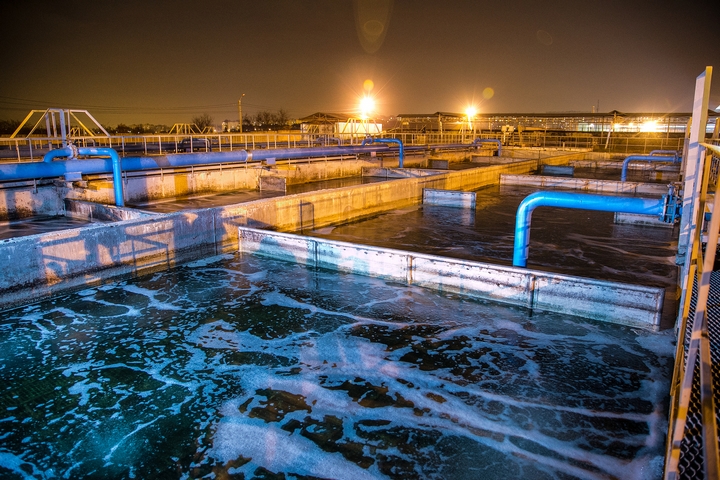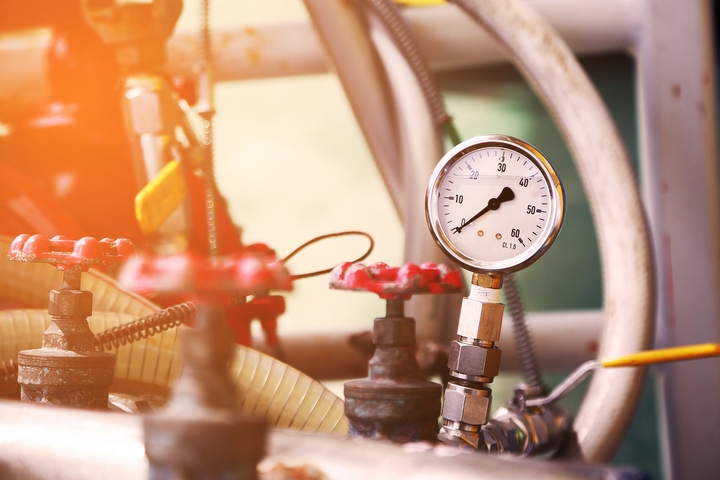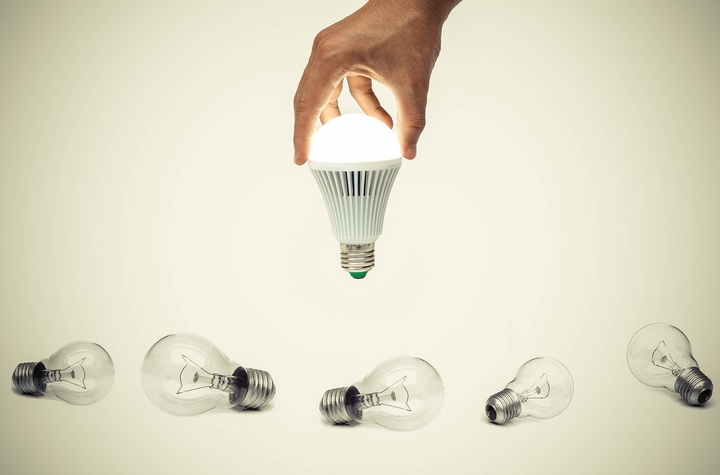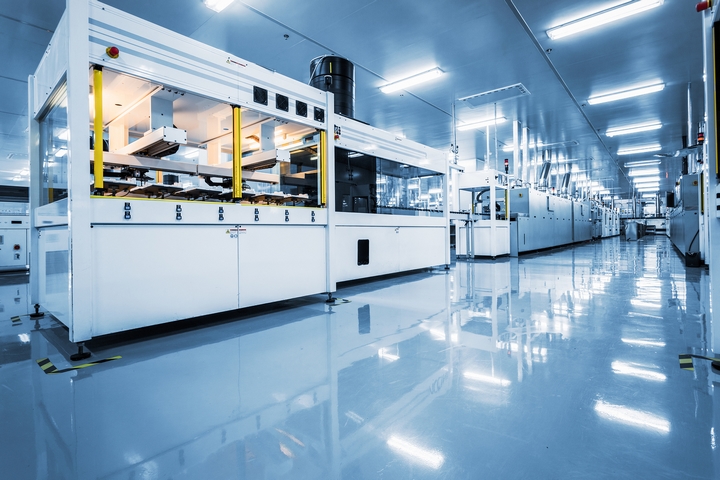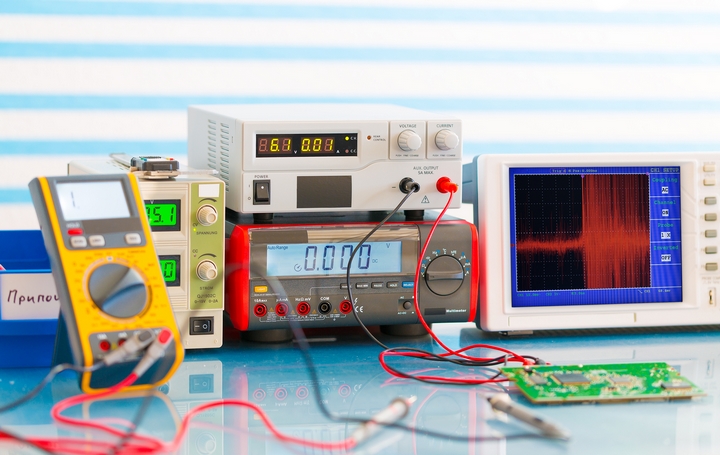Wastewater treatment systems provide municipal drinking water for millions of households. You can only imagine how much energy is used every single day! Hint: it’s a lot.
The objective for every facility, plant, company, government and factory is to save on energy. With energy costs surging in the province of Ontario, you want to find ways to cut down on your energy consumption, or at least find ways to cut costs and see lower bills. Of course, when you’re delivering water, you also want to reduce your environmental impact.
When you’re operating a wastewater treatment system, you must incorporate energy-saving protocols moving forward – everyone else is doing this, so why aren’t you? Everything from massive installations to minor adjustments, there are many things you can implement to ensure you can save on energy.
Here are five tips to save on energy with your wastewater treatment system:
1. Install an Energy Monitoring System
Do you have any idea how much energy you use? Well, if you don’t then there is something that you can do: install an energy monitoring system, a cost-effective solution to slashing energy use.
Indeed, an energy monitoring system does more than just track your energy consumption, it can also provide you with a plethora of data that can allow you to establish a concrete plan.
Don’t worry. An energy monitoring system isn’t that expensive.
2. Start Using LEDs
Remember when we mentioned minor adjustments? Well, light-emitting diodes (LEDs) are exactly that. By switching from traditional light bulbs and other lighting fixtures to LEDs, you can hundreds of dollars, or perhaps even thousands of dollars, each year.
That isn’t bad for a tiny investment.
3. Consider Electric Peak Reduction
In Ontario, you have on-peak and off-peak hours for hydro usage. Have you considered taking advantage of this in your wastewater treatment systems? You should.
By transitioning to off-peak, or at least reduce your electric peak consumption, you can shave a lot of kilowatts and loonies off of your hydro bill at the end of every month.
4. Should You Add Variable Frequency Drives (VFDs)?
Many wastewater treatment facilities have adopted a variable frequency drive (VFD). This is a motor control technology that controls the speed of a motor by – get this – changing the frequency of the power sent to the motor.
The VFD saves energy by having output speeds match system demand, which then minimizes routine full power. It may be complicated, but it certainly saves on energy.
5. Turn Off Non-Essential Equipment
Let’s be honest: in any wastewater treatment facility, there are many pieces of equipment that are not necessary to the operation but they continue running on full capacity. Why is that?
This is only causing you to consume even more energy than you have to.
What’s the solution? Well, it doesn’t require an investment and you don’t need to dramatically overhaul operations. The only thing you need to do is turn off your non-essential equipment. In fact, you may not even need to turn the machines off, you can just let it idle without operating at maximum capacity.
That isn’t too difficult is it? Nope!
You can achieve quite a lot when you begin paying attention to your energy consumption at your wastewater treatment plant. Minimizing air pollution, expanding the life span for your equipment and establishing a more stable energy supply are just some of things that you can accomplish by coming up with a new energy plan.
Everything from VFDs to energy monitoring technology, your wastewater treatment facility can experience a transformation into an energy oasis. You improve the efficacy of your plant, you minimize your carbon footprints and you face lower energy costs. What’s holding you back now? Absolutely nothing!

